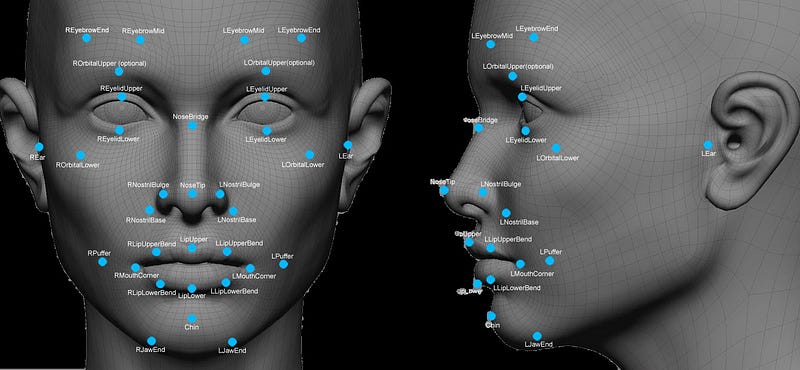Big Brother or a Society Protecting Itself?

Big Brother or a Society Protecting Itself?
Into The Cyber Age?
So we are probably all aware that our cookies are being tracked, and that we are continually being assessed for our behaviour and even for our location. But when this moves to our face being detected as we walk down the street, and then linked to our on-line behaviour, it becomes scary. The extreme end is that we end up with a police state where we are watched for everything that we do, just in case are ever involved in a crime, or commit one.
So did George Orwell actually predict the future of the Cyber Age with his 1984 book?
In his book, George projected a state which observed its citizens, and where there was no hiding place. He could see a time of TVs on the wall which could talk to you, and for the citizens to be watched for everything that they did. Perhaps he could see a world where our Cloud Service providers … Google .. Facebook … and so on … are continually monitoring our activities?
Obviously, in 1948, when he published it, the use of technology was not quite developed as it is now, but perhaps we need to examine our current move towards the observation of crime through technologies such as face recognition, and then try to justify it around risks which can be mitigated in other ways?
As a bit of fun, here’s a real company that George would be proud of:

You’re being watched?
On the back of Internet records in the UK being monitored without a warrant, we now see that citizens may not be free from observation when they attend a football match.
Recently the SPFL (Scottish Premier Football League) tried to get support from the Scottish Government on the usage of facial recognition at football grounds. The worry, of course, is where you stop, as there are crimes committed everywhere, and football matches possibly do not match the threat of a Friday evening in a big city?
The cost of the system was proposed at £4 million, and was intended to enforce measures related to the Offensive Behaviour at Football and Threatening Communications (Scotland) Act 2012.
We all know the risks of airline travel, and we accept that we are being monitored, as it will protect our safety, but to move to the point that everywhere we go, here there might be a criminal incident, and for our face to be scanned, is something that needs debate.
Imagine you walk out your door, and the CCTV camera recognizes you and logs your location, then when you arrive at the cinema, it logs you, and everyone you come in contact with.
The technology for these linkages has been used for many years, but always constrained within high-risk investigation areas:

How does it work?
Face recognition software has come a long way in the last few years and most systems aim to find keys points around the face and measure them:

In the following, we can see that the face processing methods are able to pinpoint these key positions in the face, along with identifying age, gender, and emotion [Try here]:

The technology has now even advanced to monitoring emotion within real-time video streams:
Apart from detecting known agitators within a crowd, one application of the technology is to detect anger within crowds [Try here]:

And it’s not just law enforcement that is rushing to use emotion detection, it is also the perfect metric for advertisers who want to understand the emotions of their users when they see their content:

Conclusions
There are many questions that would have to be asked. Is it worth the risk to privacy? How long is the data kept for? Will the metadata be used for other purposes (such as for a future criminal investigation)? Will it be used to link people and objects together? What will stop the data from being used by those who have malicious purposes?
So how does this different from CCTV? Well using face recognition and object identification it is not possible to extract metadata from the video capture, and use this to create linkages and to search across many sources of data.
In academia, a key focus is to, at least, debate things and open them to review, and the usage of face recognition for law enforcement is something that really hasn’t been debated in any reasonable way. Face recognition is a powerful technology, and it has advanced to the point that it can identify people from remote cameras. Like it or not, there’s a whole lot of cloud service agents who are also watching you, and continually tracking you, and feeding you content that you might like.
I’m a technologist, and not a politician, but this move to observing people at sporting events really needs, at least, some debate about the risks involved. While terrorism-related observation is possibly acceptable in some circumstances, the matching of faces within a sports match is something that those being observed need to have some say into the gathering of data, especially in how this data could be used for other purposes.
The nightmare scenario is that each person could be observed, and every link they have with every person and every object could be gained. Like it or not, Google has a good deal of this information, but for it to be used in a law enforcement content needs to be handled correctly, and the systems that would be used should be open to scrutiny.